The WWDC 2021 where Apple shows us the new features of its different operating systems for its devices had created special expectations in one of them: iPadOS had generated a lot of interest for the arrival of the Apple M1 to the latest iPad Pro.
In this event, we have known iOS 15, macOS Monterey, watchOS 8, and the arrival of Facetime for Android, but now we have also been able to learn about the new features of iPadOS 15. This new version of this platform continues to grow in features and is a little closer to macOS, although it leaves us without some of the most demanded options for some time among users of these tablets.
Long live widgets
They entered with force and are now consolidated. Widgets, those visual elements that allow you to “anchor” information on iPad desktops, gain even more options in iPadOS 15.
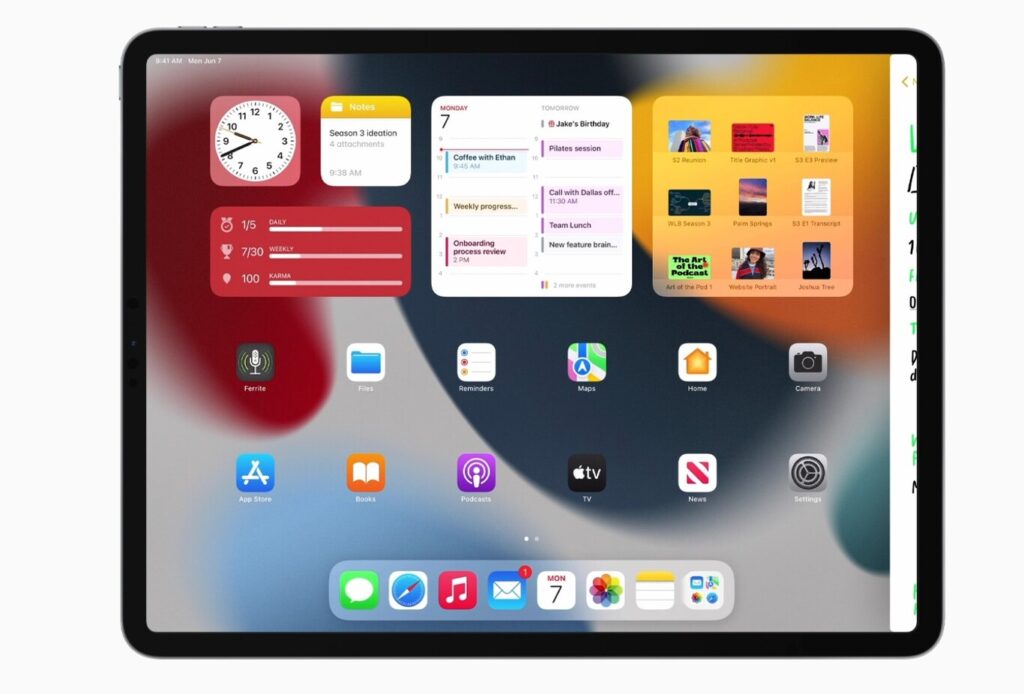
They do so for example with a new larger format that is perfect for example for widgets such as Apple TV+ or Files, which now allows you to always have within reach files that we want to have much more accessible.
The organization of those desktops that allow users to distribute the applications they have installed also gains a lot with the new application library (App Library), which allows users to categorize and group them.
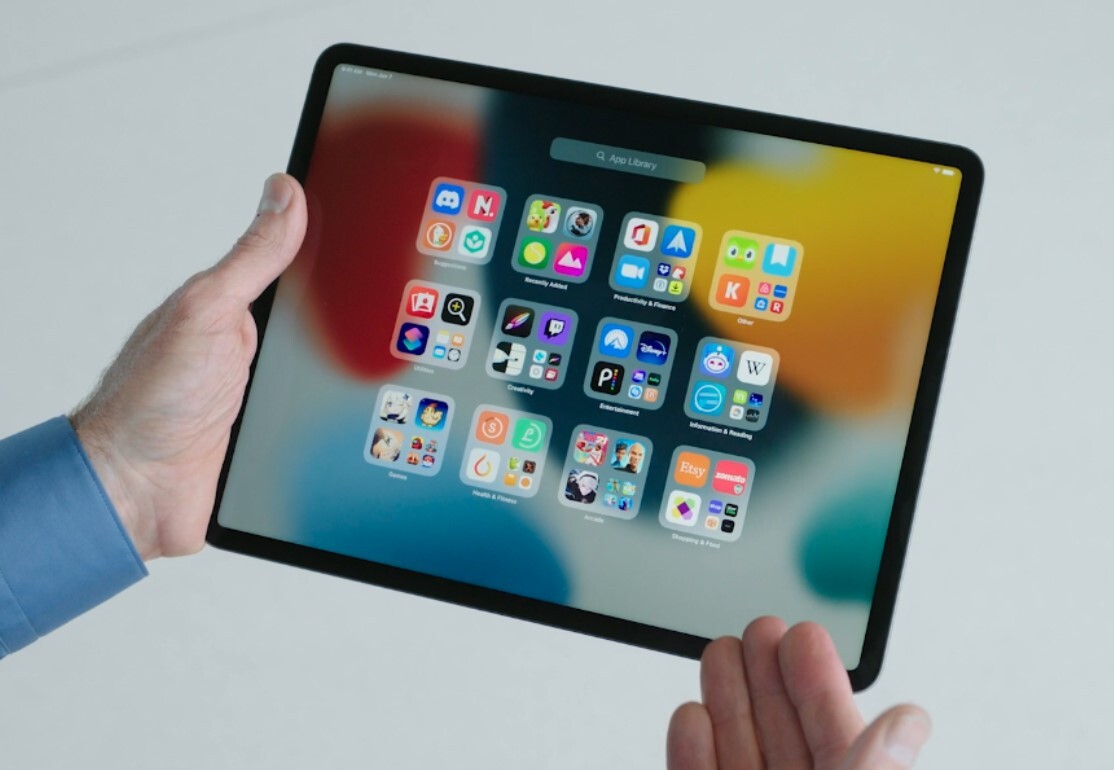
That means that we can therefore delete or move iPad desktops now that we have the applications in one of these groups.
Super-vitaminized multitasking
Another major change has been made to multitasking management. In iPadOS 15 we have a new control that sits at the top to select a split-screen or have one window overlap the others. Gestures allow us to manage these options to go placing the advantages as best suits us in each situation.
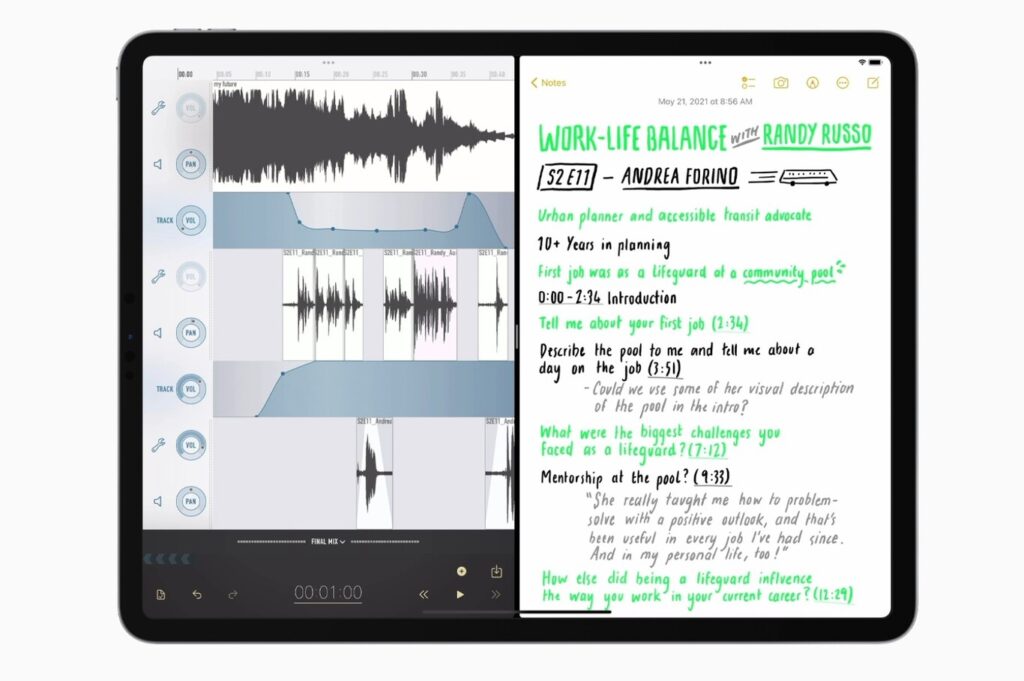
In Mail messages, we can have a message to open and keep it in the foreground above the mailbox and for example the notes application. There is also the “bookshelf” where we can see all the open applications.
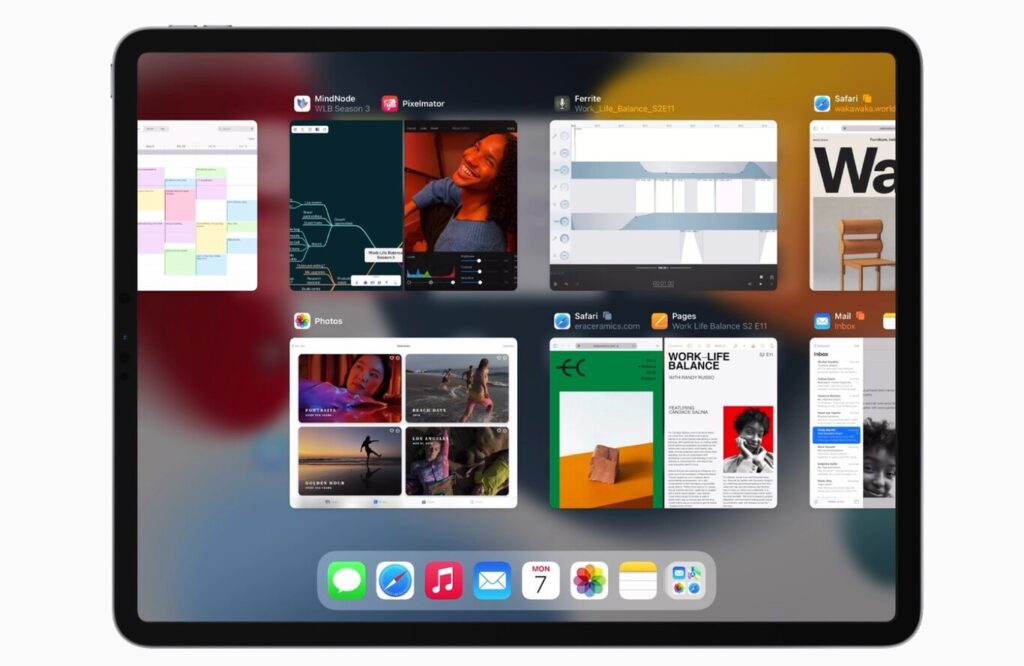
The different instances of Safari can appear as different windows, and all this is aimed at making us more productive on the iPad.
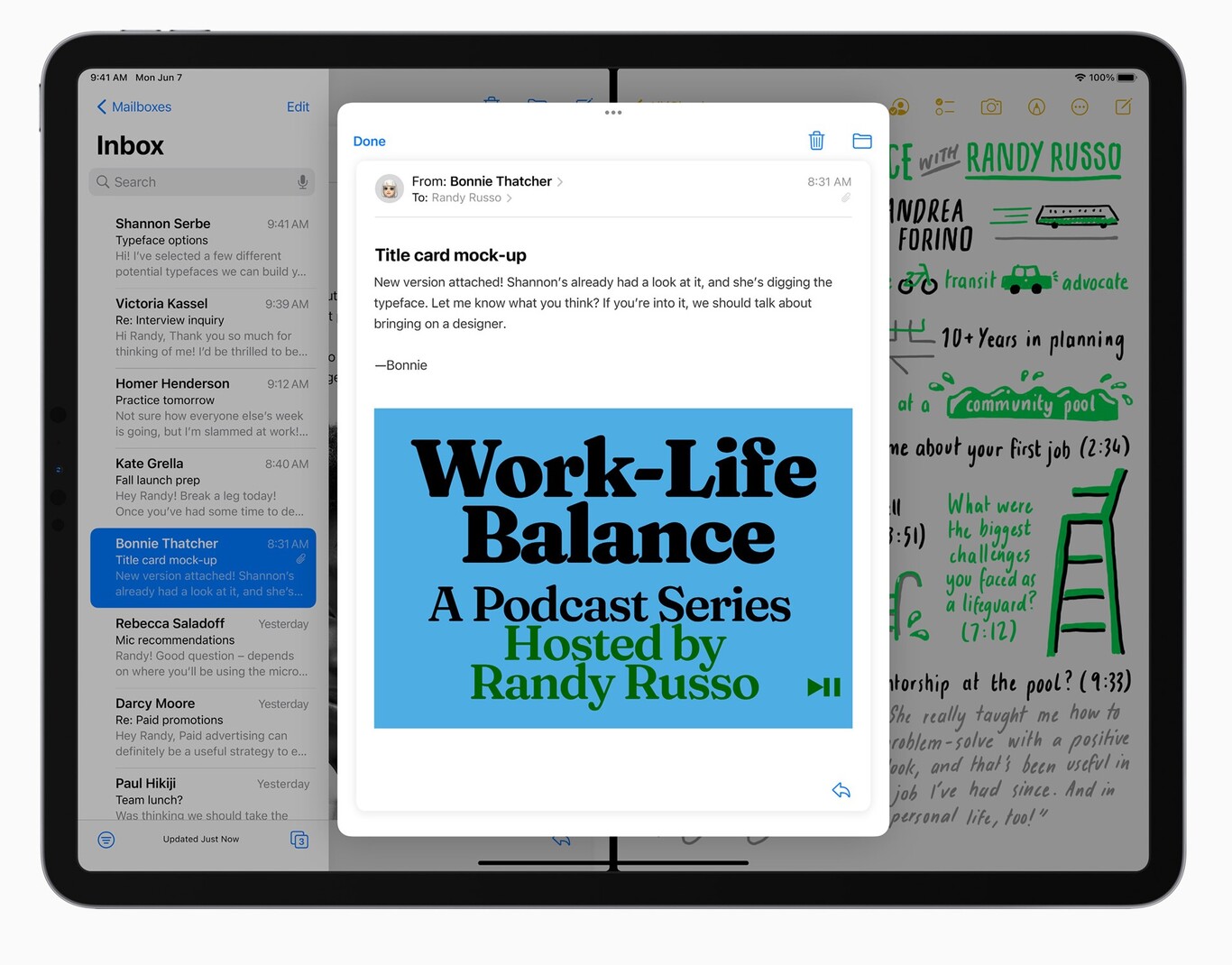
By the way: if a keyboard is connected to the iPad, there are also new keyboard shortcuts – in addition to the touch gestures – to speed up the operation of these options.
New features also in the Notes app and translation
The Notes app is also improved. Users will be able to mention users in the traditional format with the at-sign (@user), as well as a history of activity in collaborative documents to know who modified what, and we will also have the option of adding notes.
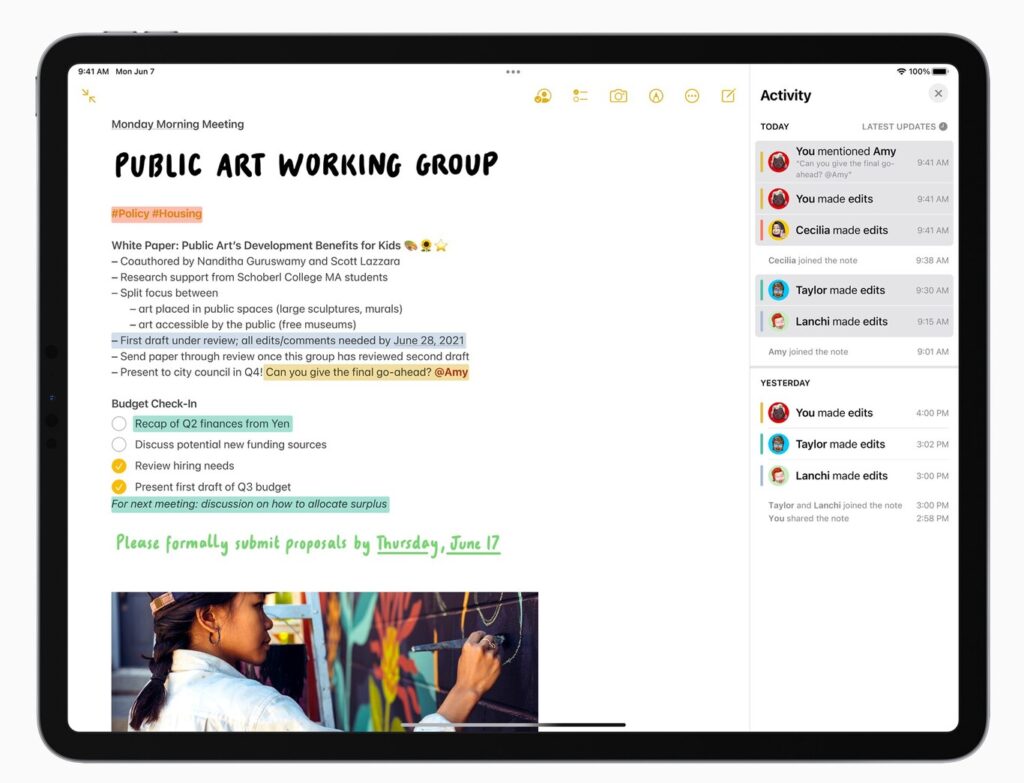
The Quick Note option will allow users to quickly get to a note no matter where they are on the iPad.
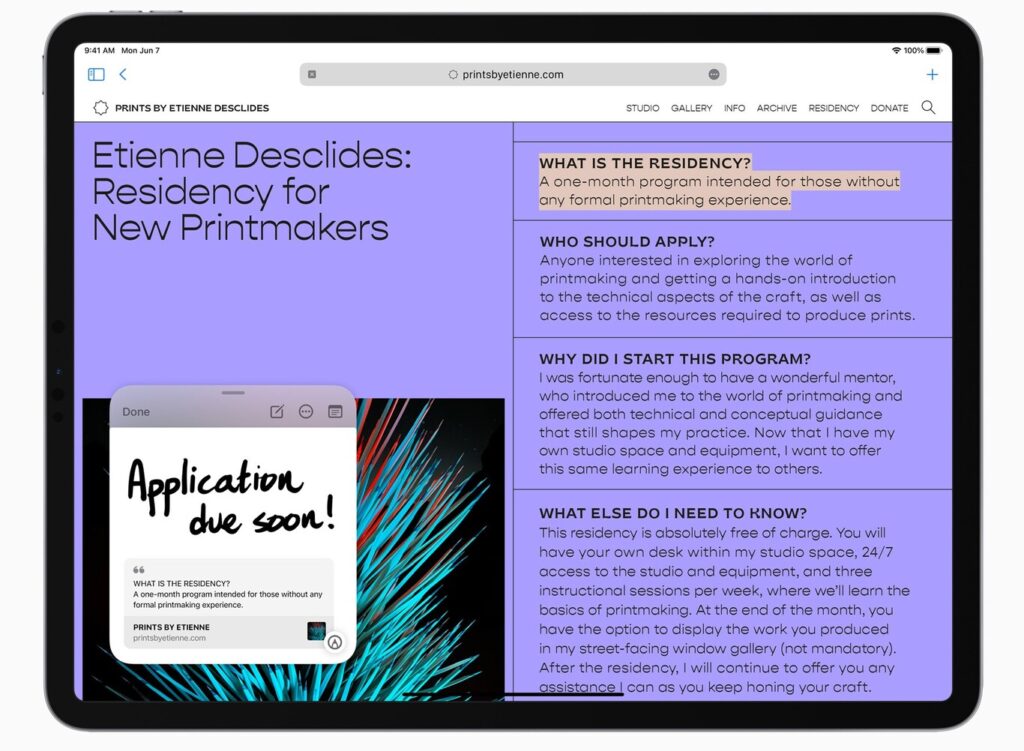
For example, you can write a note with the Pencil (a phone) and then go back to Safari, see something that interests you, add another note, and then manage them so that the applications recognize which notes are the ones that were related to the application you wanted to create with them.
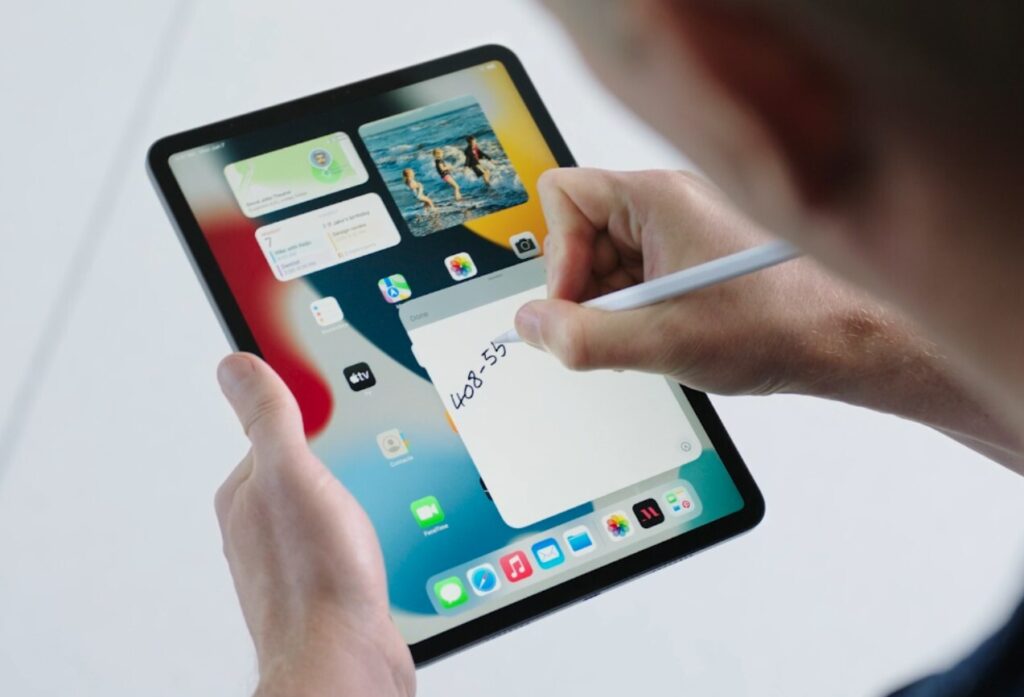
It is possible to add links automatically and they are also compatible with third-party applications. To move from one to another, simply slide them from left to right.
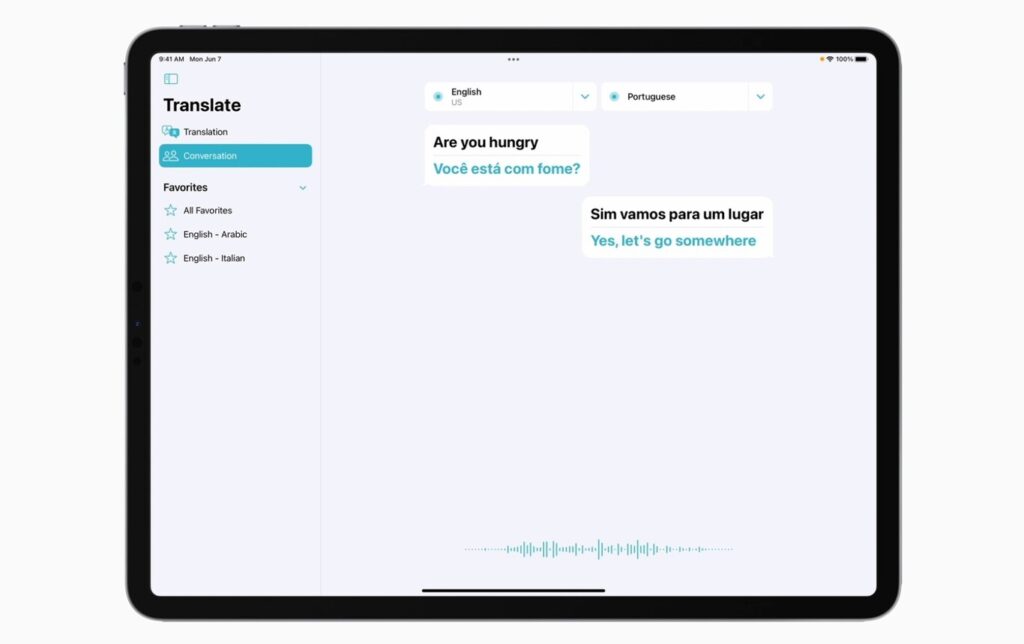
The translation functions have been improved and now allow Auto Translate to detect when someone is speaking and this option translates what is being said in another language.

We can select text from any app and have this feature translate it, even if it is part of an image, for example.
Program on the iPad, that’s all you need
Apple wanted to promote the use of Swift Playgrounds. This platform allows you to create applications directly on the iPad, and the code is instantly reflected in the application.
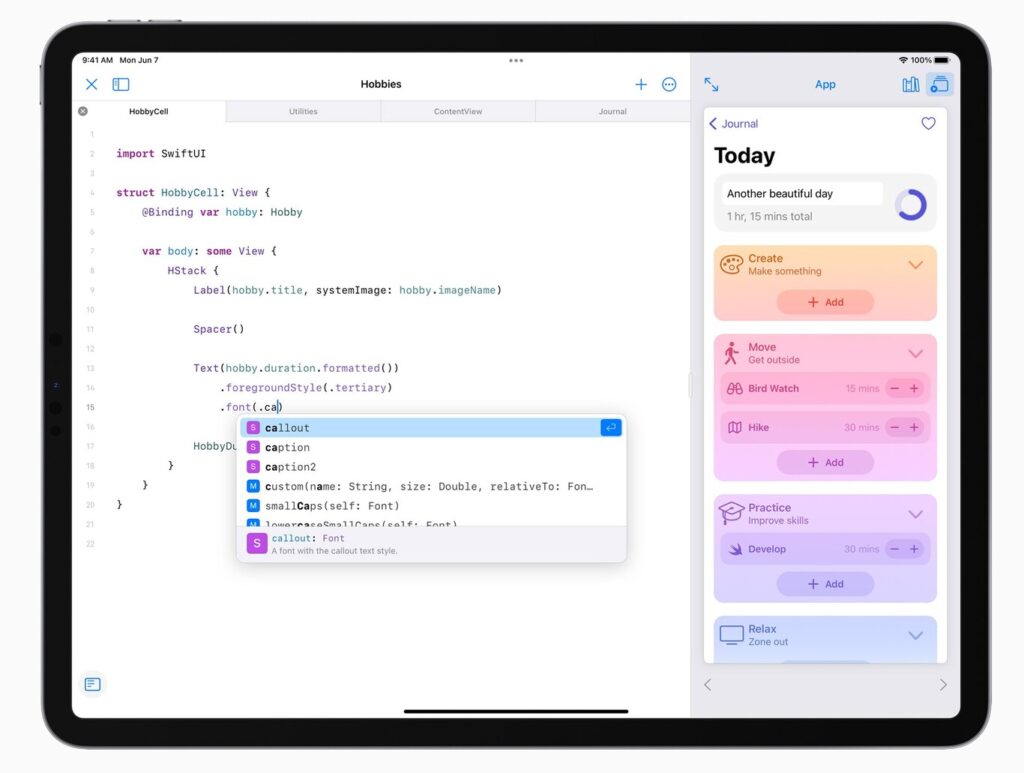
We will be able to access the entire library of components and also a guide that will help us to create our first app and then upload it to the App Store easily.
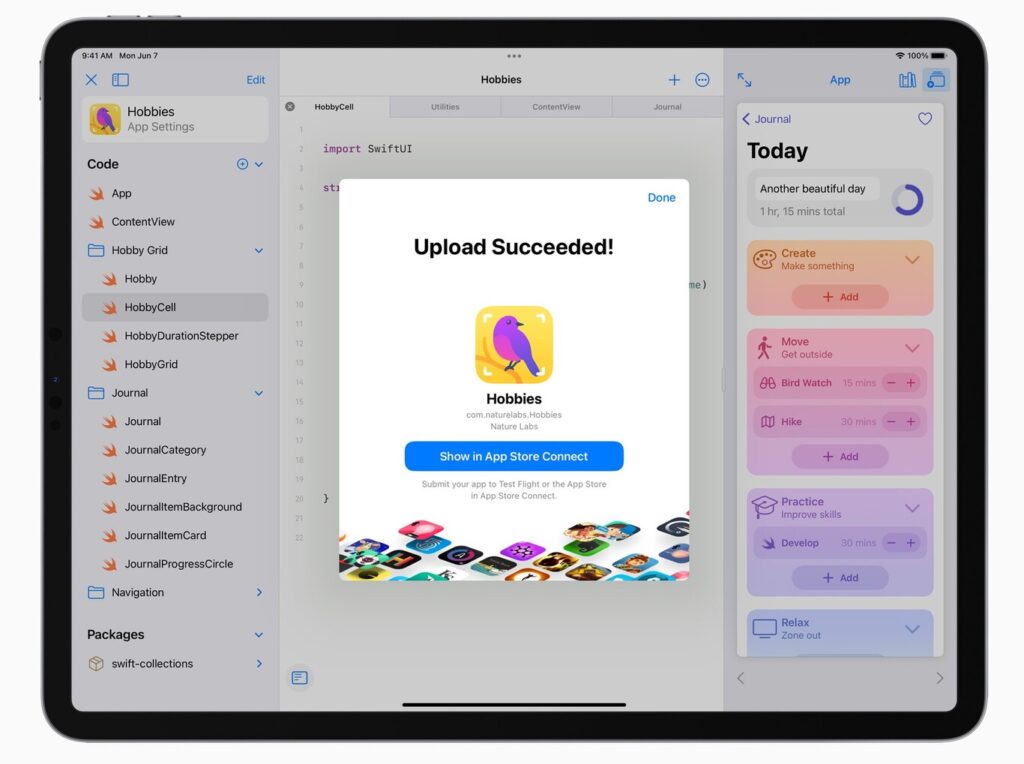
These new features make the iPad an interesting development machine that makes this feature much more autonomous on Apple tablets, and will certainly make it easier to both develop those apps and games and test them (and even distribute them on the App Store) quickly and easily.
Many (small) new features, but little response to user demand
These improvements are joined by many of those already presented in iOS 15 such as Focus modes, the striking new features of FaceTime, SharePlay, improvements in Spotlight photo search, support for improvements in audio and video playback, or new features in notifications.
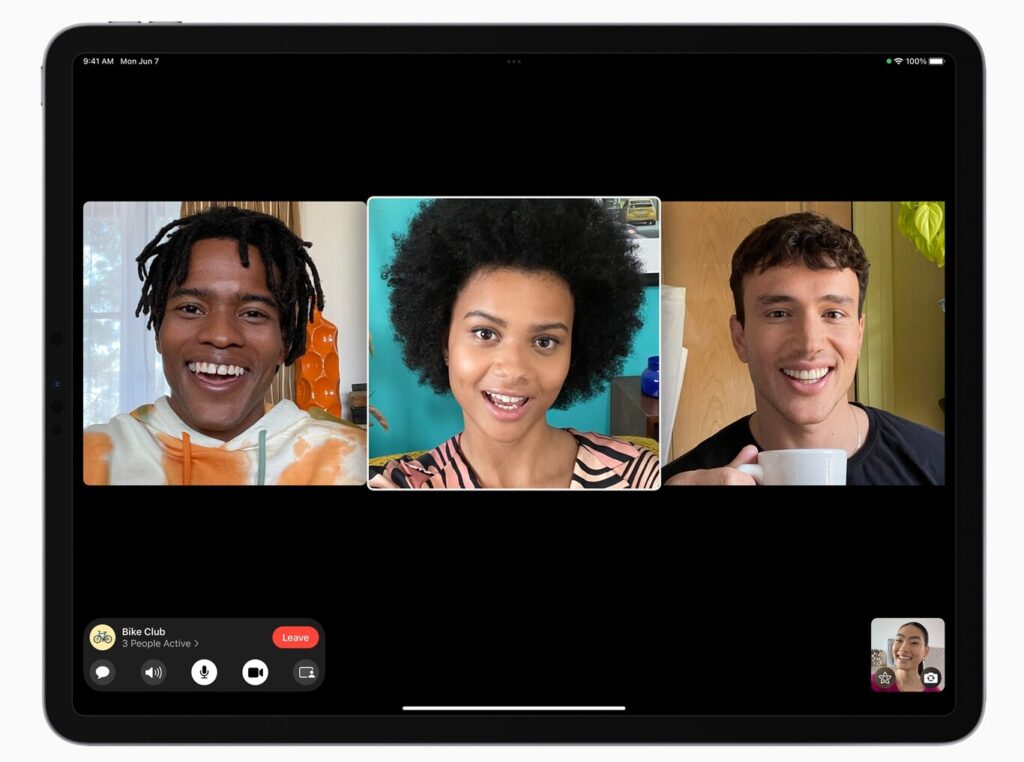
Also inherited are some of the Safari improvements in macOS Monterey, such as support for tab groups or extensions, which finally arrive both on this platform and iOS 15. Other improvements such as Universal Control or Shared With You that extend to iOS and macOS are also part of this new version of iPadOS.
Although versatility is one of the focuses of iPadOS 15, which nevertheless once again leaves behind much-demanded issues such as multi-user support or support for more ambitious applications that were already on macOS (Final Cut Pro X, Logic) and that with the M1 chips seem to make more sense than ever on the iPad.
There also doesn’t seem to be any news at the moment that takes advantage of the powerful M1 chips in the new iPad Pro. There was talk of better support for external displays or improvements to Files, but at the moment it doesn’t look like iPadOS 15 is the version that will offer an answer to those user demands.
Availability of iPadOS 15
The new operating system for Apple tablets is available in private beta for developers as of today, and next July the public beta will be offered so that any Apple device user who wants to can try iPadOS 15.
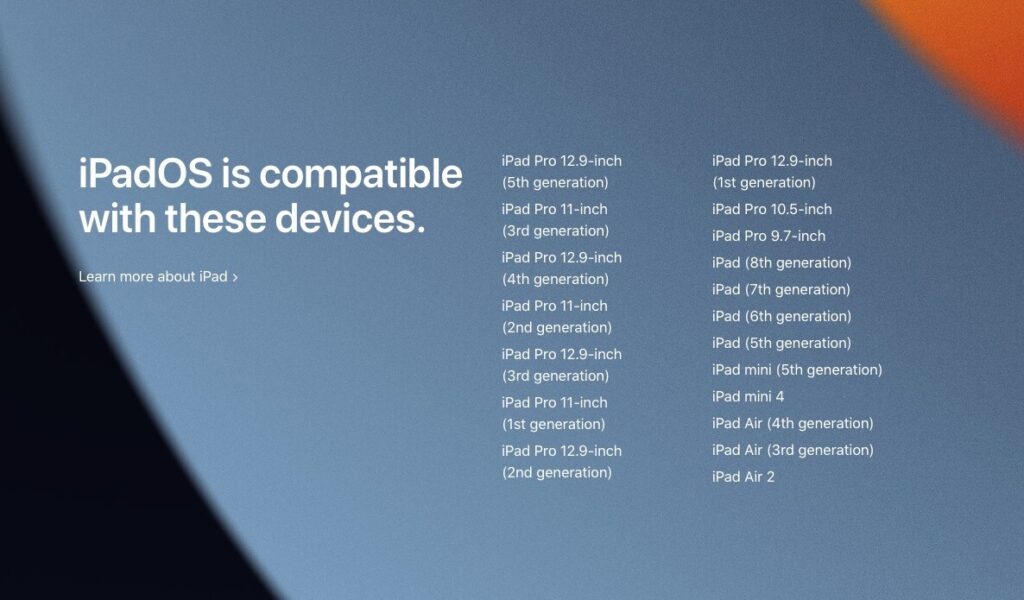
Apple has also indicated that the final and fully stable version of iPadOS 15 will arrive in the fall, without specifying a specific date. The new version is available with various models and generations of these tablets, as shown in the image.
This post may contain affiliate links, which means that I may receive a commission if you make a purchase using these links. As an Amazon Associate, I earn from qualifying purchases.

